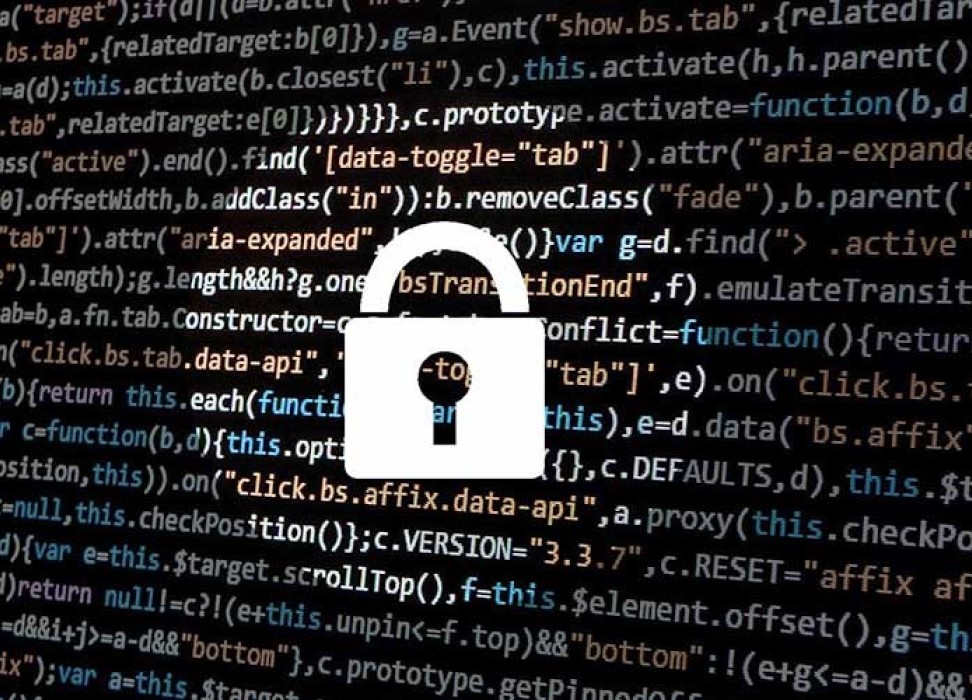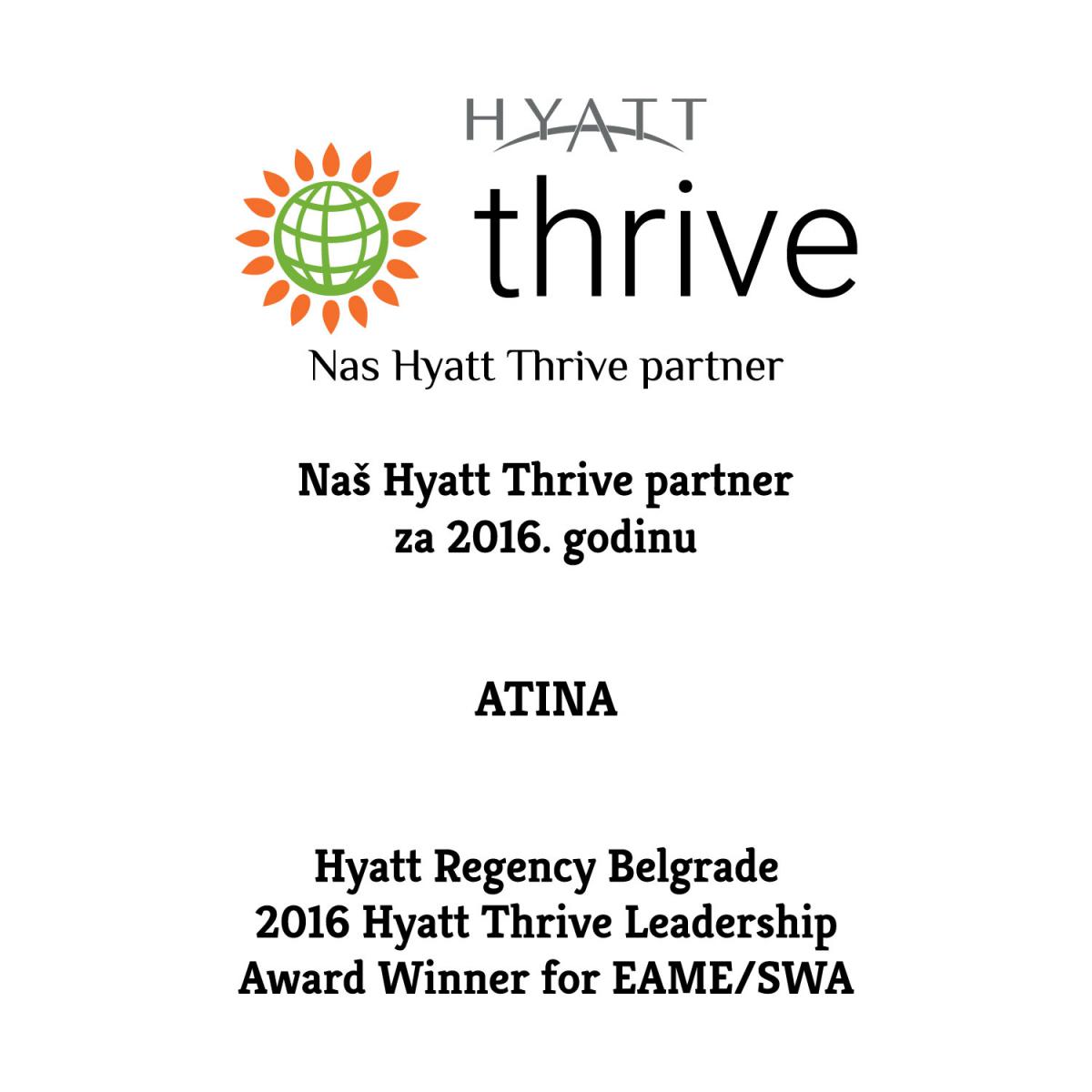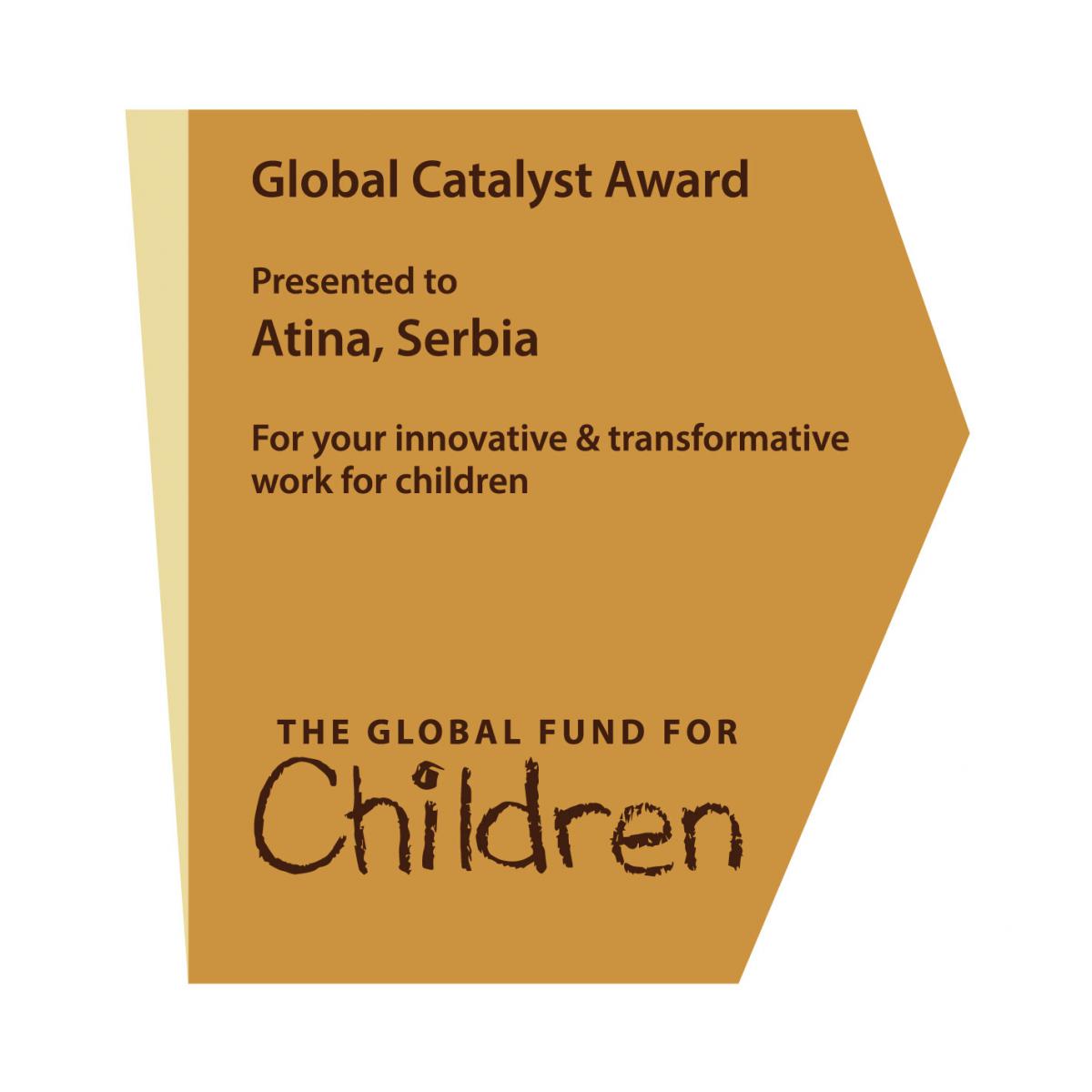Dežurni telefon: +381 61 63 84 071
Povreda prava na privatnost i poverljivost podataka dece žrtava trgovine ljudima u Srbiji

Photo: OHCHR website
NGO Atina is a civil society organization founded in 2003 by a group of women’s movement activists as a response to the gender-based violence and human trafficking, and the lack of adequate programs for long-term support of survivors in Serbia. At first, Atina opened a safe house for girls and women, and based on their actual needs and the fact that other services beside safe accommodation are important as well, a comprehensive social inclusion program has been created. Each survivor who entered the program has been able to access case management services, cultural mediation, psychological and legal support, safe accommodation, economic empowerment, (in)formal education, and support in all other important areas. So far, Atina has been successfully maintaining these good practices and supporting survivors, with a specific emphasis on children. According to the latest available data for Serbia from 2019, 64% of the victims of human trafficking were persons under the age of 18, while in previous years, following the statistical data, the situation was similar, about 90% of them were girls.
Apart from providing direct support to victims of trafficking and gender-based violence, NGO Atina also has an extensive experience in advocating with various actors to improve the position of victims and persons at risk, such as women from economically deprived environments, migrant women, etc. Therefore, this input refers to the violation of the right to privacy and data confidentiality of children victims of human trafficking in Serbia and contains recommendations on how to mend and overcome such violations, which were in NGO Atina’s focus in 2021.
Violation of the right to privacy of victims of violence and exploitation, i.e., disclosure of personal data of persons who are presumed or identified victims, is a particularly difficult circumstance for this vulnerable social group. It can cause severe long-term consequences for the victims, in terms of their retraumatization and prevent successful recovery and reintegration. Revealing the identity always carries a risk for the victim, regardless of whether it is revealed in private communication or in the public sphere (in the media). However, there is no justification, nor public interest, in the disclosure of victim's identity, family, or details of the survived violence or exploitation. Moreover, a public disclosure of their identity can cause immeasurable and irreparable damage to the victims, especially when it comes to children. Protecting the privacy of children victims of violence and exploitation must be an imperative in planning and implementing support programs. Consequently, any violation of this right, including unjustified and malicious use of personal data of child victims, leakage of such data from state institutions and bodies (police, prosecutors, social welfare institutions) to the media, and unprofessional and insensitive reporting of crimes that involve children as victims, must be prosecuted without exception. The legal framework for the area of protection of privacy and personal data is well developed, and the obligations and competencies of the state are precisely defined. This means that there is no place for excuses about legal gaps and lack of competence of certain state bodies, which would cause their possible inaction, and leave children who are victims of violence and exploitation, or at risk, practically without protection. Also, the professionals in Serbia must be reminded that they are obliged to fully apply the existing laws enable children victims of sexual violence to recover from trauma as painlessly as possible, and reach a successful and functional reintegration. Also, the media should take responsibility for their own actions, and potential subsequent consequences. When it comes to the media reporting, 47% of reports on children, with 31% in electronic media and 58% in the print media in Serbia have a negative connotation. Reporting on child abuse involves individual cases of children at the level of sensationalism and shocking journalism.
The violation of the child victim’s right to privacy
In the period from 2018 to 2020, a girl child from a village in northern Serbia was continuously sexually abused and exploited by her father, who was filming sexual relations with his own daughter and distributed them through the social network "Facebook". The father abuser also forced the girl to have sexual intercourse with other men, which he also filmed. In addition to being sexually abused, this girl has also been a victim of parental abuse and neglect for a long time. Even though all relevant state institutions were familiar with this case, not a single one of them reacted adequately and timely to save this child. For more than a year and a half, neither the public prosecutor nor the competent center for social work initiated civil proceedings for the protection against violence in accordance with the Family Law, nor have adequate police measures been taken during the time when the girl was not available. In other words, during this long period of time, the child was not provided with sufficient, timely and adequate criminal, family law, social protection from human trafficking and protection from secondary victimization, despite the competent authorities that were aware of the case and a number of legally binding and strategic documents in the Republic of Serbia.
NGO Atina was informed of this case in 2019, and from then on involved in providing support services to the girl. She was provided with safe accommodation and case management, as well as other services aimed at her recovery and reintegration, such as medical assistance, psychological support and therapy, legal aid and assistance during court proceedings. Only after this period, there was a reaction from the police and the arrest of the father abuser. Unfortunately, the arrest did not bring an end to the child’s abuse, as the information on the arrest, as well as personal information of the child victim leaked into the media and became public.
It was not clear whether the police initiated media reporting on the case by publishing information on the arrest, or the prosecution provided such information to the media. Nevertheless, the description of the abuse appeared in the public and led to the explosion of media reports, both in printed and electronic media. In these reports, the information about the exact location of the child and her family became available, along with details on the abuse and exploitation of the child, and numerous photos which all enabled the child's identity to be revealed. Moreover, blurred images of the abusers also appeared in media reports, as well as photographs of the exterior of the child’s home. In addition to information that enabled identification of the child, and described sexual abuse, the media began publishing information from the court proceedings, which were due to the protection of the child conducted without the presence of the public.
Furthermore, some media published shameful statements which additionally and severely victimized the child, such as that she herself initiated sexual intercourses with the father and other adult men. By blaming the victim for the sexual abuse and exploitation she suffered, the media were providing a certain degree of public "amnesty" for abusers. Bearing in mind the gender of the victim and the abuser, such allegations also underlined gender insensitivity and gender stereotypes. Publishing this information not only causes the revictimization of the child, but also represents a flagrant violation of the right to privacy, data confidentiality, and security.
For this child, who was sexually abused for at least a year and a half, whom the state authorities did not trust, whom institutions and the legal system failed to protect, the media exposure and public attitudes about her abuse can only lead her to a conclusion that all of it is her own shame and fault. As a significant portion of the media content was published on the Internet, the footage of her sexual abuse remains recorded permanently, as does the girl’s stigmatization.
The case of media victimization of this girl is simultaneously a case of institutional victimization of the child who has suffered sexual abuse and exploitation for a long while. The institutional system of the Republic of Serbia failed to protect the child, provide her with protection, or prevent media abuse and multiple victimization due to the manner of reporting on this case. Having all this in mind, NGO Atina launched an initiative to protect the right to privacy of victims of violence and exploitation, especially if the victims are children, and informed all relevant actors in Serbia on this topic.
Concluding Remarks
The media that published information about the child victim’s identity, and stigmatized this girl in public, were not punished, nor were they warned by the court to discontinue with such practices. In regard to this issue, and having in mind the above-described experience of the girl victim, decision-makers and competent state authorities have to effectively protect the best interests of the child victims in regards to their personal data processing, as follows:
1. In order to stop the leakage of information from institutions, it is necessary to conduct consultative and advisory interviews with the spokespersons, but also other persons responsible (for placing information to the public or participating in the detection, identification, investigations, and protection of victims) in all competent institutions, especially in prosecutor's offices, in the police, health care and social protection system. As part of this process, it is necessary to create clear guidelines and recommendations on how press releases should be structured; these press releases should, above all, be based on the "do no harm" and "do no more harm" principles.
2. Continuous trainings for media workers should be made (journalists, editors, representatives of media associations) in the area of personal data protection, and initiate closer networking with them in order to better understand the overall situation related to the protection, recovery, and reintegration of victims, especially child victims, as well as to become aware of the consequences of their unprofessional and sensationalistic reporting to the lives of victims.
3. Budget funds that would be used to file reports against institutions should be created, media companies, and other entities which allow the private data of victims to be made public, requests for removal/suspension of publication and unauthorized use of information/photographs, removal and cessation of any further unauthorized disclosure of information from the victim's private life, i.e. cessation of personal rights violations (proceeds from the lawsuits can be directed toward the recovery process of victims ). States should enable criminal, misdemeanor, and other proceedings to be initiated ex officio against media owners, editors and journalists, as well as those who present data from court proceedings closed for the public, violate the secrecy of court proceedings, harm the integrity and dignity of children, and provide inaccurate information about the injured party.
4. States parties should effectively improve the protection of victims of violence, abuse and exploitation, who appear in court proceedings against the abusers and traffickers, either as injured parties or witnesses. Therefore, it is necessary to apply the status of a particularly sensitive witness to all the victims of sexual abuse and exploitation throughout the criminal procedure, with the implementation of all protection measures during the investigative and judicial proceedings. In cases where the injured party is a child, but also in cases when the injured party has been granted the status of particularly sensitive witness, a security measure on the (partial) publication of the judgment must be imposed in a way so as not to violate the dignity and integrity of the victim, but to protect their identity and other personal data.












 FACEBOOK
FACEBOOK TWITTER
TWITTER YOUTUBE
YOUTUBE